In depth: AI and creativity – Strange bedfellows or amiable allies?
The ‘will-machines-take-over-manpower’ debate has been doing the rounds as long as we could remember. Employers will accept such a proposition with a glee. What more could they ask for? An AI-assisted robot that will never eat, sleep, complain, or ask for a salary hike! And goodbye to incorrigible lotus-eaters!
Indeed, it can be scary. Jobs will be lost with automation gaining increased traction. According to a PWC study, by the mid-2030s, up to 30% of jobs “could be automatable, with slightly more men being affected in the long run as autonomous vehicles and other machines replace many manual tasks where their share of employment is higher.”
Creativity, et tu?
Will Artificial Intelligence overtake human creativity? Will we sing dirges to human creativity and ingenuity in the foreseeable future?
When this first question was posed to the Chat GPT, this is what it said: “No, AI is not capable of overtaking creativity. While AI has been making advancements in various fields, including the creative arts, it is still limited in its ability to truly understand and replicate human creativity. Creativity is a complex and multi-faceted concept that involves imagination, originality, and the ability to think outside the box. It is deeply rooted in human emotions, experiences, and personal expression, which are things that AI does not possess. AI can certainly assist and enhance creative processes, but it cannot replace the human touch and intuition that is at the heart of creativity. Instead of overtaking creativity, AI can be seen as a tool that can help humans be more creative and expand their artistic capabilities. However, it is important to remember that the role of AI in creativity should always be one of support and enhancement, rather than substitution.”
But, one has to take the above quote with a pinch of salt, even though it has come from Chat GPT’s own ‘mouth’. We know that the great strides in AI have become possible thanks to the advancements made in deep learning in the recent past. And this makes it possible for AI tools to ‘think’ and ‘perform’ like humans. AI-based programmes mimic human brains by making use of information messengers called neurons. These artificial neurons are capable of storing an insane amount of data, which are then used to conceive new ideas like us humans do. And it is creating wonders in human creativity. Recently, we saw Jason Allen winning a fine arts competition for his piece, ‘Théâtre D’opéra Spatial’ at the Colorado State Art Fair. Allen used an AI tool called Midjourney to create it. He argued that it is a tool “like the paintbrush is a tool. Without the person, there is no creative force.”
Should creative heads and copywriters embrace automation and AI tools in their creative expressions?
Naresh Gupta, Co-founder and Chief Strategy Officer, Bang in the Middle, notes, “There is a whole host of creative process that anyways runs under the radar. Content that is used to drive traffic to website, the improvement in search, etc., will get automated. Brands, agencies, tech agencies will find ways of creating unique content that does a bulk of this work. Human intelligence may tweak the content a bit and make commercial use of it. I really don’t know if AI will have a seat in creative department, maybe it will, but it won’t be a generic seat. At the end of the day it’s a tool, it needs to be used. At the apex of driving word are formula1 cars, they have same specs, almost same tech, but it’s the driver who make s a big difference. Same is true for AI, at least as yet.”
Aalap Desai, Chief Creative Officer, Creative Experience, West, Dentsu Creative India, too, feels that AI can be used just as a tool, and you don’t get threatened by tools!
“I’m sure you’ve had a very dedicated and well-read junior in your team before. AI in creative is exactly like that. It doesn't know what to do, but if you direct them in the right direction, they often do wonders because they will research and bring you an idea or something so raw, you will have fun building it. That’s what AI is. You are the brain, and it is a tool. And, like always, we don’t get threatened by tools, we use them to create magic. We should embrace it because as creatives, there are enough things making life difficult anyway,” says Desai.
Sumanto Chattopadhyay, former Chairman and Chief Creative Officer, 82.5 Communication, adds here that despite its negatives, AI is a powerful tool that cannot be disregarded.
He remarks, “AI is a Pandora’s box that has been opened. There’s no going back. It comes with its negatives – such as making certain human jobs redundant – but it is too powerful a tool to disregard.”
A supportive ally
But, one thing almost everyone agrees on is the fact that AI tools can be a great support and ally for creative people.
According to Chattopadhyay, “It will allow advertising people to create campaigns in an instant. If they don’t embrace it, they will be left behind. Human creativity will still play an important role because it is the prompts that the creative person gives a tool like Midjourney that determines the output. When photography was invented there was insecurity among painters who felt that they would become redundant. Baudelaire, the French poet and art critic, called photography “art’s most mortal enemy.” But both photography and painting continued to flourish. The path of painting shifted though, moving away from realism which was the forte of photography. Today, similarly, creative people must overcome their insecurities and figure out which new paths to tread to flourish in this brave new world of AI.”
We are living in an era of mighty technological advancement. Automation and AI are now highly appreciated tools that are being incorporated within, or at least tried, for multiple applications, says Mitesh Kothari, Co-founder and CCO, White Rivers Media.
According to him, creative content generated using these tools can also offer great support and opportunity in copywriting. “Although human thought process is incomparable, the new generation advanced AI can irrefutably go a long way in tailoring content based on data analysis, while bypassing several human limitations such as speed, time constraints, inevitable writers’ blocks, and bounded research capabilities,” says Kothari.
Should creative heads and copywriters embrace automation and AI tools in their creative expressions?
Arundhuti Dhar, Manager, Campaign Management, ITC Limited, feels that we must embrace AI like any other tech advancements we have adopted.
“The very history of evolution holds the answer to it. If we don’t evolve, we will become extinct. From calculators to computers, they have been enabling us to up the game with automation and minimising manual jobs. For example, impeccable marketing automation is planned to cut down the time and labour in delivering flawless and personalised user experience. AI is just another feather in the cap of technological advancement or rather a whole new wing which can help marketers and marketing fly really high with so much of possibilities,” Dhar says.
Kosal Malladi, Vice President, Madison Loop, comments, “Let me give a straight answer – yes, creative heads and copywriters should embrace automation and AI tools. Now, let me explain. ‘There is a growing consensus among creative professionals that embracing AI and automation tools can bring many benefits to the creative process. For example, AI tools can help speed up routine tasks, such as data analysis or content creation, freeing up more time for the creative to focus on more strategic or conceptual aspects of their work. AI tools can also provide new ways to approach problems and generate new ideas, helping to drive creativity and innovation in the field. It is also important to remember that AI tools should be viewed as just that - tools. The creative process still requires the input and guidance of a human artist or creative professional, who brings their unique perspective, vision, and creative force to the work. In this sense, AI tools can complement and enhance human creativity, rather than replace it.’ This would be a good time for me to drop a confession. The above response is from ChatGPT!”
When Malladi posed this question at ChatGPT, it first gave him a neutral answer. He asked it to modify the response to positive. And it typed out the above explanation.
“AI is going to keep evolving, that is beyond question. We need to evolve our thinking in order to get the best output from technology. I asked a Creative Director, “Will ChatGPT take away your jobs?” Her response was, “People who know how to operate ChatGPT will take away our jobs!” he quips.
Naresh Gupta notes, “Its always a sense of insecurity that drives the creative community. Forst comes from the fact that the limits of imagination will be tested, and second comes from the pressure of learning a new skill. That is what a lot of the new age tools are doing. In my view, it will make the process of creativity more eclectic. The imagination will make these tools do newer things, the world will see new expressions. In the last 3 decades, tech has changed how we see our world in the most profound way. These new tools will add another dimension to the creative process.”
Shetanshu Dikshit, Lead, Digital Communications, Pernod Ricard India, feels that embracing automation and AI tools would only serve three purposes: “Inspire creativity, providing a fresh perspective and break the linear thought process, and increase efficiency of the creative output.”
He, however, is certain that certain human traits like emotion and consciousness cannot be automated.
“The birthplace of innovations is in social connections and relationships. AI tools are unable to see beyond the specific data set and its purpose. At the end of the day, consciousness and human emotion are the defining factors of creativity which would never be automated. However, AI would be like the Dolby surround sound to the movie experience and never the movie itself.”
Vishaal Shah, Co-Founder, Moe’s Art, states that the integration of AI tools in creative expression is a topic of much debate in the industry. He states that it is after all a personal decision.
“On one hand, some argue that the use of AI takes away from the true creativity of the artist, while on the other hand, others argue that AI tools like Midjourney simply serve as a tool, much like a paintbrush, and it's the artist's own creativity that brings the work to life. Ultimately, the decision whether to embrace automation and AI tools in creative expression is a personal one, and it comes down to the individual's own beliefs and values,” he adds.
The future
Will AI change the future of creative departments is the million-dollar question. Will AI find its own seat in the creative department of the future?
AI will not find its own seat. It will share each seat with humans, quips Kosal Malladi.
According to him, creativity needs direction, and AI will keep learning from us, and keep getting better at its job. One day, it will do a job as good as its ‘human master!’
“Does it mean we should be scared? Not at all. That will give us an opportunity to focus on larger things and thereby grow ourselves.
What does it mean for the future? Would creative teams operate with a lesser number of people? I would prefer to look at it in a different light. Same number of creative people will drive more output. Purely from an economic perspective, this will mean driving more business from the same number of people. But what would it mean from a humanitarian perspective? That is a debate for another day,” Malladi points out.
Nothing like the human brain
Nobody is belittling the infinite ways in which AI can go one enthralling the human race. There surely is an aspect of creativity, which cannot be automated. AI simply cannot imagine or feel, and as such it can never supplant human brains.
Then how does AI come to the rescue of human beings? Computer scientist Karina Gibert has a short answer.“Just as some people go to the sea and others read books, AI can also be a source of inspiration.”
While it is true and generally believed that machines cannot replace humans, we must also remember that it is the human brain itself that goes into developing these machines and ‘feeding’ them to come to a level that we could only have dreamt of some years back, says Mitesh Kothari.
“A Japanese AI program’s short-form novel almost winning a national literary prize, Kopan Page published Superhuman Innovation being co-written by AI, and algorithms like PoemPortraits that generate a poem on the basis of a single word - all these go out to show how far we have already come with AI content generation. With massive AI advancements going in the current age, we can only wait with fingers crossed to see how far the technology can take us in the creative process,” he explains.
“The shot has already been fired, so to say. We will have to bite the bullet and welcome AI into the creative department,” says Sumanto Chattopadhyay. According to him, instead of feeling threatened by it, forward-thinking creative people will use this powerful tool in innovative ways to create the campaigns of the future.
Every creative person, according to Aalap Desai, will start using AI as a tool to make life easier and faster. “I remember when we used to use notepads to write copy. Then we started using Word and things were faster and more efficient. That's what is happening here. We're getting to witness a stage of evolution in the creative department. I think it's wonderful,” he concludes.
But nothing can supplant the human brain and ingenuity.
“Quoting a highly admired digital creator, “only humans can do what no humans have ever done before.” AI is a very powerful assistant in the creative department for empowering the creator. While creativity still takes birth in the human brain, AI can be the catalyst for it to thrive,” points out Arundhuti Dhar.
In today’s rapidly evolving technological landscape, it is important for creative heads and copywriters to continually evaluate the benefits and drawbacks of new tools and technologies, states Vishaal Shah.
“While some may have reservations about incorporating AI into their work processes, others may see it as a valuable tool that can increase efficiency and enhance their creative output. Ultimately, the decision whether to adopt AI in creative fields should be based on a careful evaluation of the potential benefits, as well as the individual’s own comfort level and willingness to embrace new technologies,” he concludes.



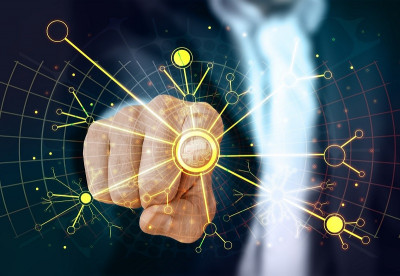
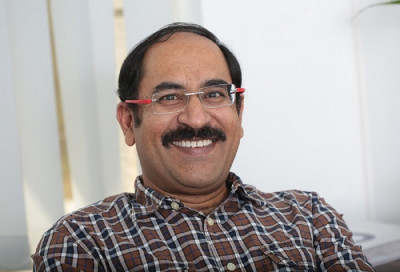
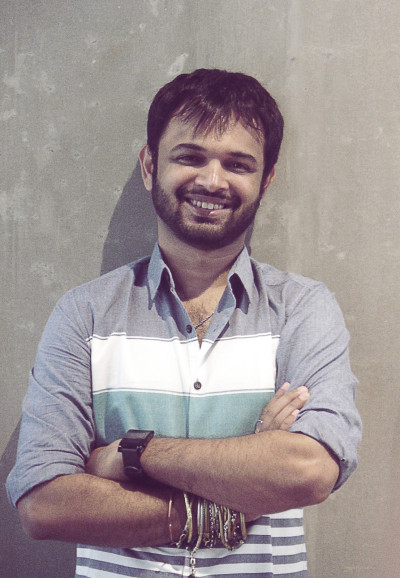
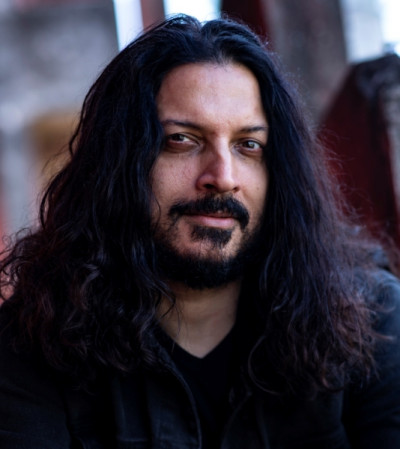
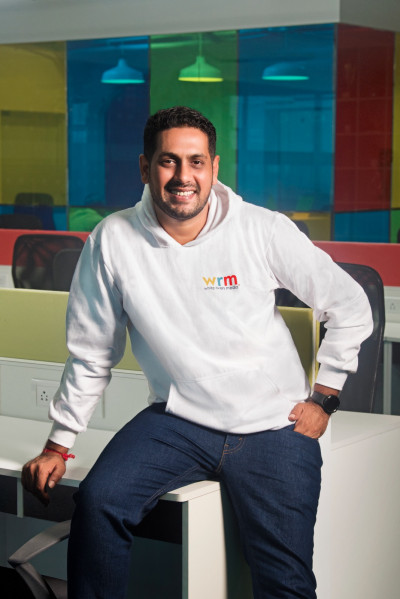
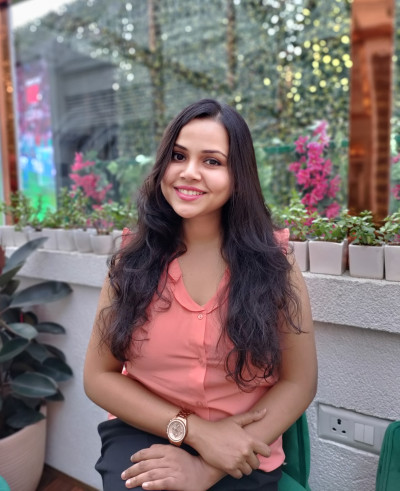
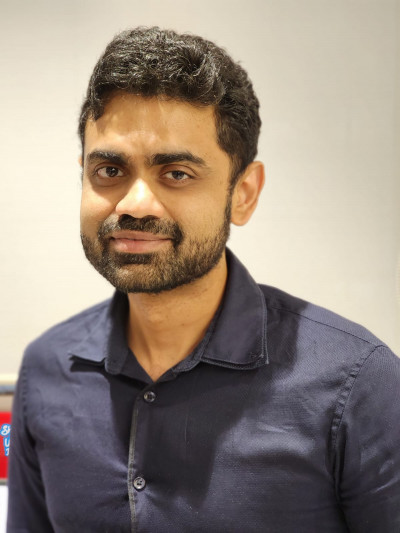

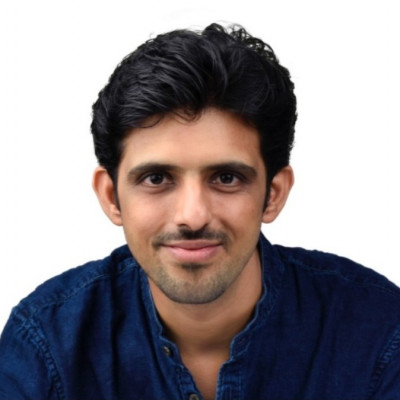


Share
Facebook
YouTube
Tweet
Twitter
LinkedIn